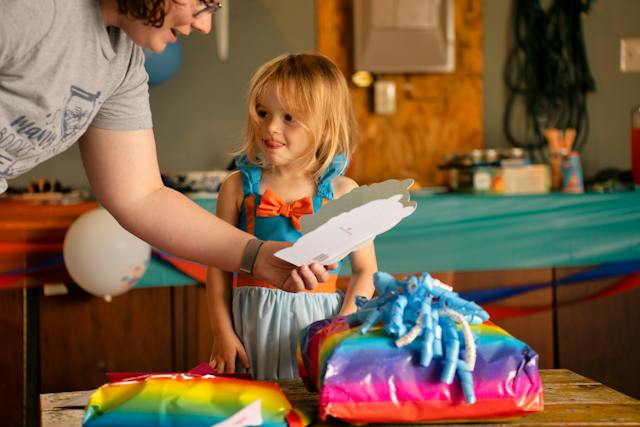Secondhand Style: Thrifting Tips for Stylish and Sustainable Kidswear
Are you on the hunt for stylish and sustainable kidswear that won’t break the bank? Thrifting for secondhand clothing is not only a budget-friendly option but also a fantastic way to promote sustainability. In this article, we’ll explore some top tips for mastering the art of thrifting and curating a wardrobe that’s both trendy and eco-friendly.

The Benefits of Secondhand Kidswear
Hey there! Ever wondered why secondhand kidswear is gaining so much attention lately? Well, let me tell you about the fantastic perks of opting for pre-loved clothing for your little ones. From saving money to making a positive impact on the environment, there’s a whole array of benefits waiting for you! So, let’s dive into the wonderful world of secondhand kidswear and uncover why it’s such a game-changer.
Affordability and Budget-Friendly Options
When it comes to kidswear, the cost can add up quickly, especially as children grow and constantly need new clothes. Thrifting offers an affordable solution without compromising on style. You can find high-quality, stylish pieces at a fraction of the cost of new items. Plus, with the money you save from thrifting, you can splurge on a few extra special items or put it towards other essentials for your child. Thrifting is not only a budget-smart choice but also a way to teach kids the value of thoughtful consumption.
Promoting Sustainability
When you choose secondhand clothing for your kids, you’re not just making a fashion statement; you’re also making an eco-friendly choice. By reusing clothing, you extend the lifespan of garments, reducing the demand for new production and the associated environmental impact. You’re actively participating in the circular economy, where items are used and reused, lessening the amount of clothing that ends up in landfills. It’s a small but impactful way to contribute to a more sustainable future for the planet.
Thrifting Tips for Stylish Finds
So, you’ve decided to dive into the world of secondhand kidswear. Exciting! Now, let’s explore some techniques to help you unearth stylish finds while thrifting. From navigating different thrift stores to mastering the art of mix-and-match styles, these tips will elevate your thrifting game and help you build a fashionable and sustainable wardrobe for your little one.
Exploring Different Thrift Stores
When it comes to thrifting for kidswear, there’s an abundance of thrift stores waiting to be explored. From local charity shops to trendy consignment stores, each store offers a unique selection of secondhand children’s clothing.
Visiting various thrift stores is like embarking on a treasure hunt – you never know what gems you might uncover. By familiarizing yourself with different thrift stores in your area, you can expand your options and find diverse styles, brands, and pieces for your child’s wardrobe.
Understanding Sizing and Fit
When thrifting for kidswear, it’s crucial to understand that sizing can vary between different brands and eras. To ensure the perfect fit, bring a measuring tape and note down your child’s measurements before heading to the thrift store. Additionally, don’t hesitate to experiment with sizes outside your child’s current age range, as children’s clothing can often run small or large. Remember, the key to finding the right fit is to be flexible and open-minded.
Embracing Mix-and-Match Styles
When it comes to thrifting for kidswear, mix-and-match styles can add a burst of creativeness to your child’s wardrobe. Embracing mix-and-match means having the freedom to pair different pieces together to create unique and personalized outfits. It’s about exploring various combinations of tops, bottoms, and accessories to showcase your child’s personality and creativity through their clothing choices. By embracing mix-and-match styles, you can encourage your child to express themselves through fashion while also being sustainable by getting the most out of each secondhand piece.
Sustainable Fashion Choices for Kids
When it comes to dressing your little ones, why not opt for clothing that not only looks great but also minimizes the environmental impact? Making sustainable fashion choices for kids is a wonderful way to instill eco-conscious values at an early age. By evaluating material quality, durability, and exploring repurposing and upcycling techniques, you can foster a love for fashion that’s both stylish and environmentally friendly.
Evaluating Material Quality and Durability
When thrifting for kidswear, pay close attention to the material of the clothing. Look for durable fabrics like cotton, denim, or wool that can withstand the active lifestyle of kids. Avoid items that show signs of excessive wear and tear, such as fraying seams or faded colors, as these may not hold up well with regular use. Checking the fabric content label can help you determine the quality and durability of the clothing, allowing you to make more sustainable choices for your child’s wardrobe.
Repurposing and Upcycling Techniques
When it comes to sustainable kidswear, repurposing and upcycling techniques are game-changers. By getting creative with old clothing items, you can breathe new life into them and create unique, one-of-a-kind pieces for your kids. Whether it’s transforming old jeans into stylish shorts or repurposing a fabric from an adult garment into a cute kid’s outfit, the possibilities are endless. This approach not only reduces textile waste but also encourages a sense of creativity and individuality in your child’s wardrobe.
Conclusion
Thrifting for stylish and sustainable kidswear is not just a trend, it’s a lifestyle that benefits both your fashion sense and the environment. By following these thrifting tips and embracing the charm of secondhand clothing, you can take your child’s wardrobe to new heights while advocating for a more eco-conscious approach to fashion. Dive into the world of kidswear thrifting and discover the joy of finding unique, affordable, and environmentally friendly fashion pieces for your little ones.


